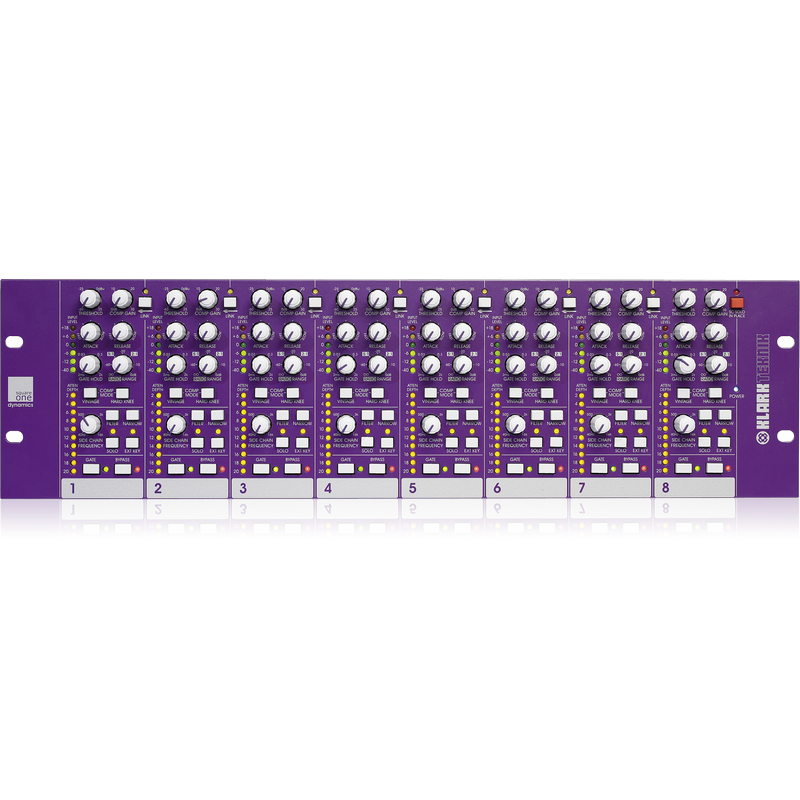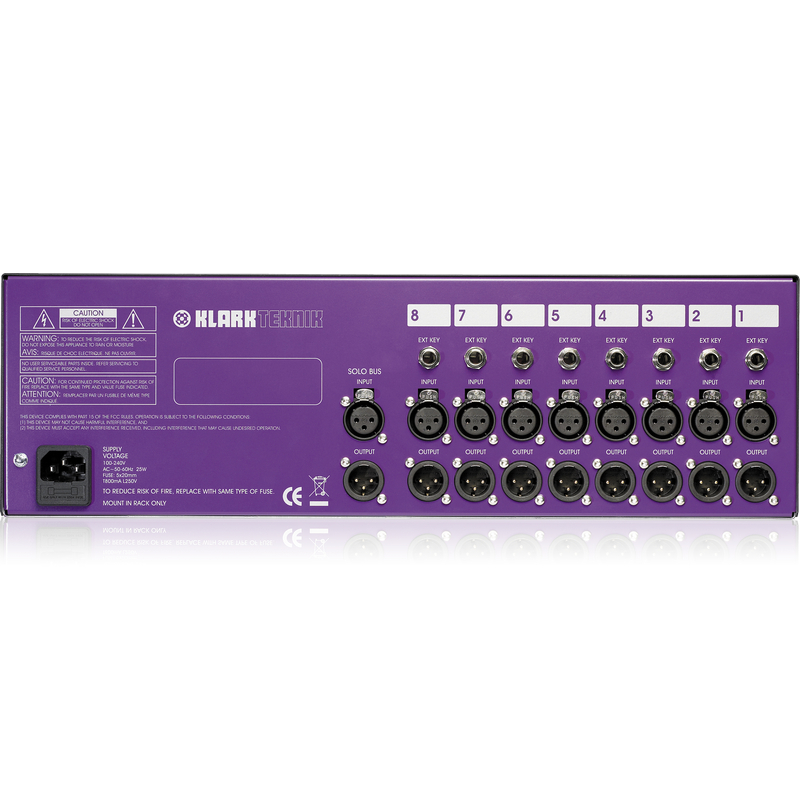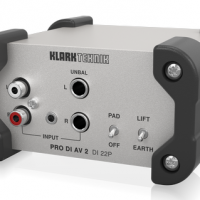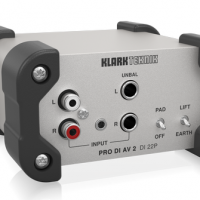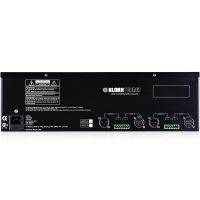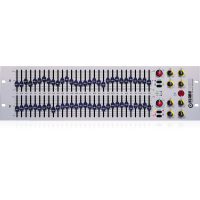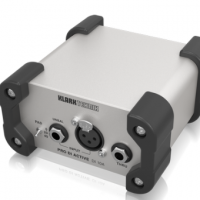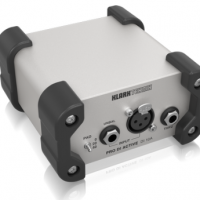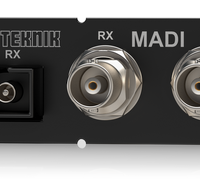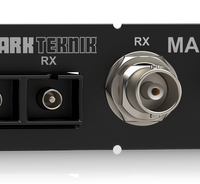SQ1D features a “Vintage” switch allowing the selection of the default RMS sensing compression mode, or when engaged, an emulation of many older compressor designs with exponential attack and release envelopes. When used in conjunction with the “Hard Knee” switch, SQ1D provides several different forms of compression to suit a wide range of programme material. By default, SQ1D offers a Soft Knee response, however when the “Hard Knee” switch is activated, a Hard Knee response is provided instead.
With both mode switches inactive the compressor behaves in the default RMS and Soft Knee modes. This gives the slowest (and most subtle) feel to the compressor envelopes. The soft knee curve combines with the adaptive RMS attack and release times to produce gentle envelope responses that are ideal for compressing sung vocals, but which can still be aggressive enough to limit transients when needed. The Soft Knee curve also reduces the adaptive nature of the RMS detection slightly, providing a little more manual control of the envelope timings than is the case below.

